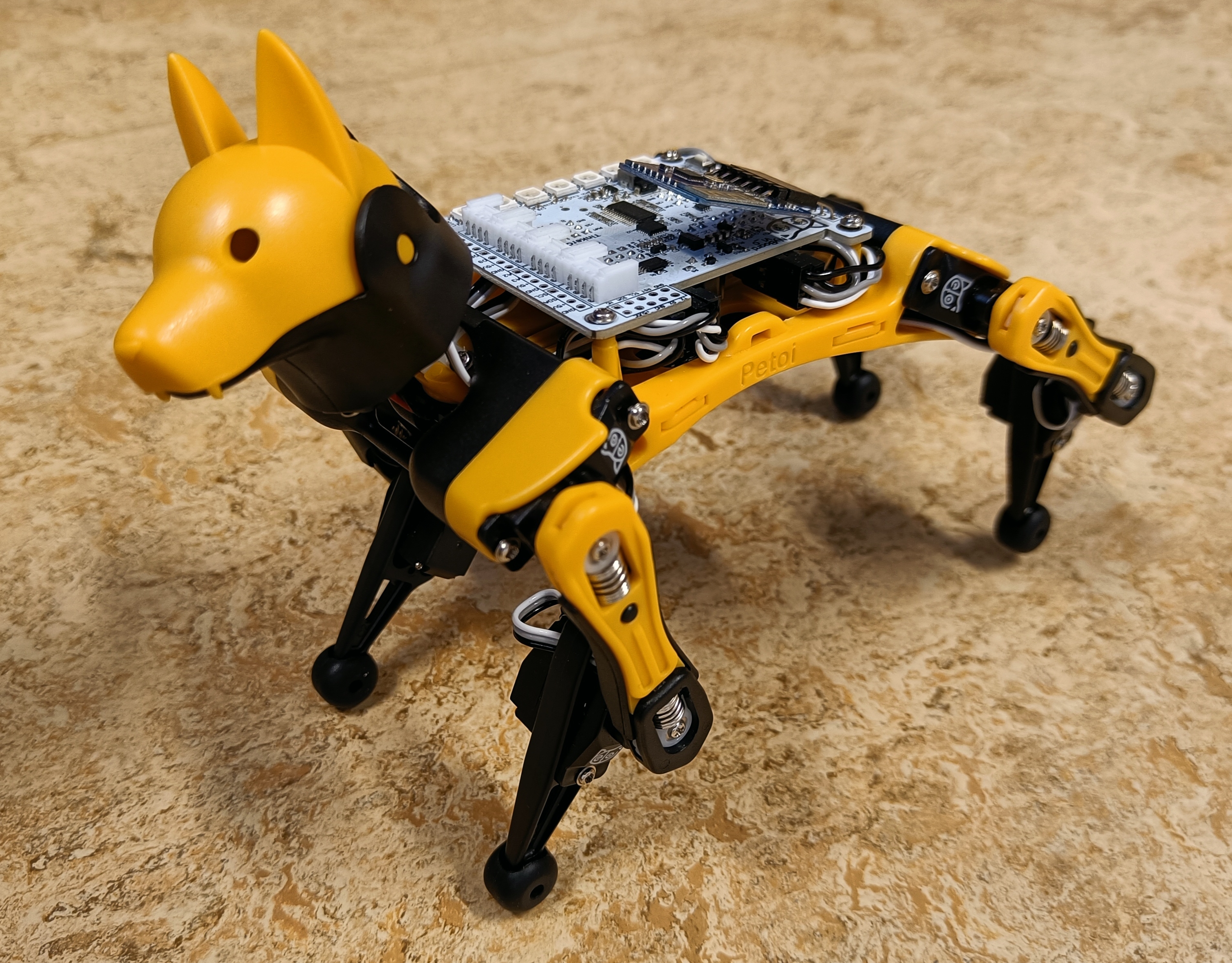Innføring av studentaktive læringsmetoder for å utvide studentenes forståelse av programmering
DOI:
https://doi.org/10.5324/njsteme.v9i1.6294Keywords:
Studentaktiv læring, programmering, problemløsning, grubleoppgaver, muntlig obligatorisk oppgaveAbstract
Many students associate programming with writing code in a programming language, but the programming process is much more than coding. Programming is a way of thinking, decomposing, and solving problems, where there is usually no single correct answer. In teaching programming subjects, it can sometimes be difficult to get students to plan and reflect on the choices they make when coding, and they often end up choosing the first solution they find. In this project, a pilot study was conducted where two different student-active learning methods were implemented in a programming course. The methods are intended to help students understand that programming is more than coding and to teach them various parts of the programming process. The two activities used in the project are brain teasers and oral assignment, both of which encourage creativity, reflection, and problem-solving among students.
Downloads

Downloads
Published
How to Cite
Issue
Section
License
Copyright (c) 2025 Tanita Fossli Brustad

This work is licensed under a Creative Commons Attribution 4.0 International License.
The Nordic Journal of STEM Education licenses all content of the journal under a Creative Commons Attribution (CC-BY) licence. This means, among other things, that anyone is free to copy and distribute the content, as long as they give proper credit to the author(s) and the journal. For further information, see Creative Commons website for human readable or lawyer readable versions.
Authors who publish with this journal agree to the following terms:
1. Authors retain copyright and grant the journal right of first publication with the work simultaneously licensed under a Creative Commons Attribution License that allows others to share the work with an acknowledgement of the work's authorship and initial publication in this journal.
2. Authors are able to enter into separate, additional contractual arrangements for the non-exclusive distribution of the journal's published version of the work (e.g., post it to an institutional repository or publish it in a book), with an acknowledgement of its initial publication in this journal.
3. Authors are permitted and encouraged to post their work online (e.g., in institutional repositories or on their website) prior to and during the submission process, as it can lead to productive exchanges, as well as earlier and greater citation of published work (See The Effect of Open Access
